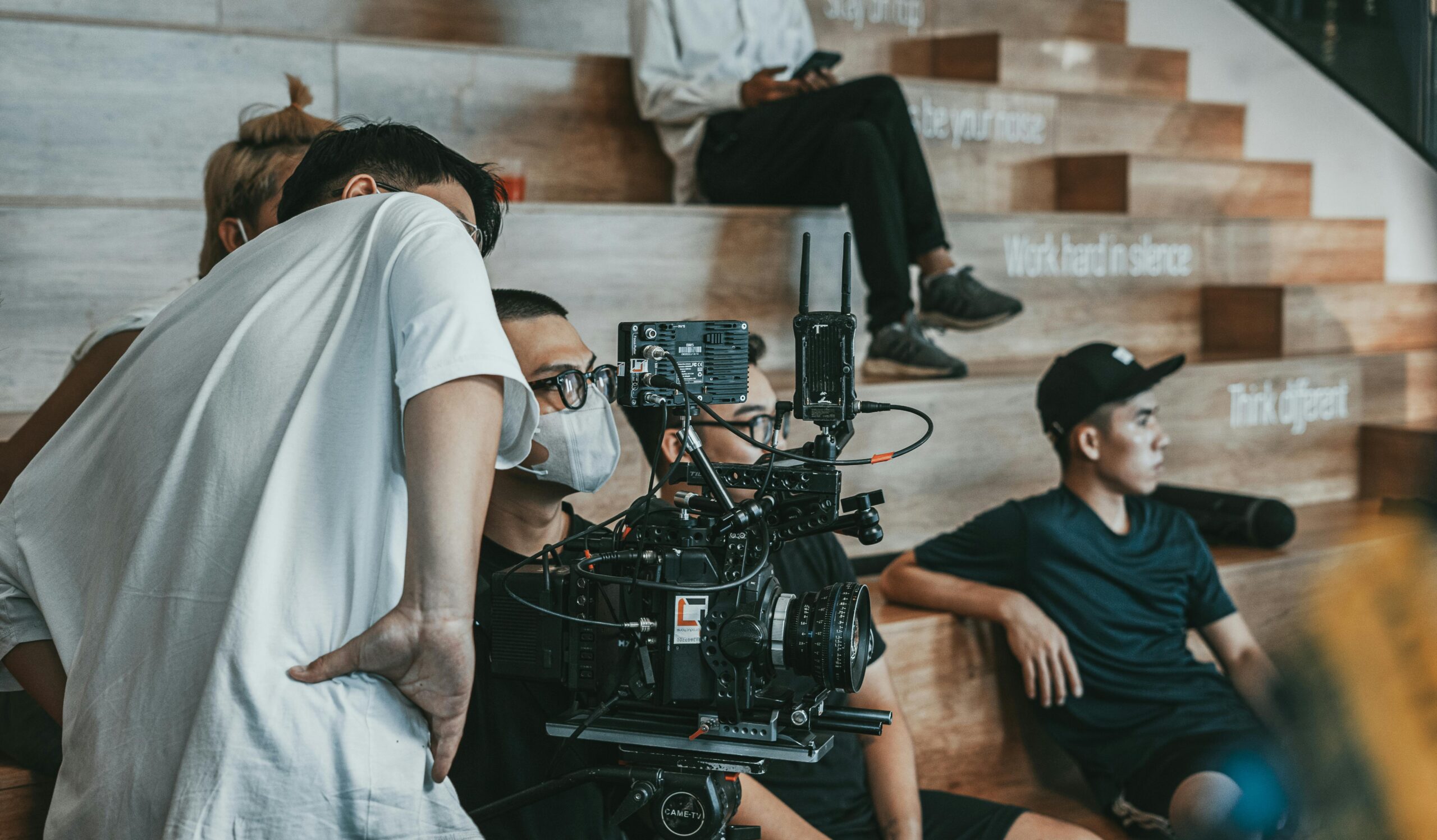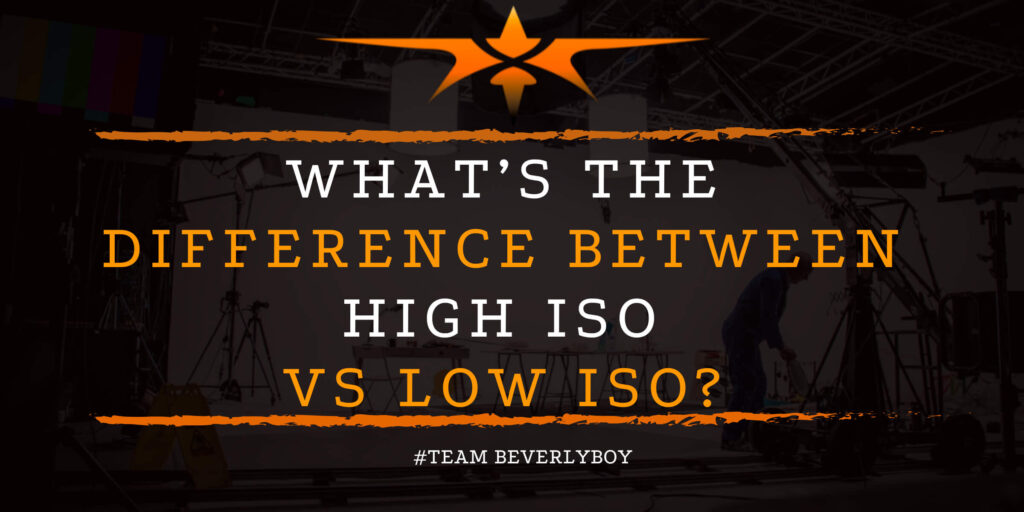What’s the Difference Between High ISO vs Low ISO?
As an aspiring videographer, some of the earliest teachings that you’ll embark on if you attend film school will likely focus on the three primary topics surrounding the exposure triangle: aperture, shutter speed, and ISO. Understanding how these elements impact your footage, and what happens when taking pictures or video in low light situations, is important for any filmmaker or photographer. But what is ISO? And what’s the difference between high ISO vs low ISO in relation to lighting and the footage that is captured?

ISO is an acronym that stands for International Standards Organization which essentially measures sensitivity of a camera sensor in regards to light. Cameras that have a low ISO number are considered to be less sensitive to light.
Cameras with a high ISO number are considered more sensitive to light. Thus, the key difference between high ISO vs low ISO is sensitivity to light.
High ISO vs Low ISO Impact on Images
How does ISO impact your footage? Essentially, when you’re working with a low ISO, your camera has less sensitivity to light, meaning the sensor will pick up less light than it would if it were running a higher ISO and had increased sensitivity to the light coming in.
Thus, increasing your ISO in low light conditions can result in higher sensitivity to the light, causing the sensor to pick up on more of the light even in low light conditions, to provide an image that is slightly brighter.
Brighter isn’t always better, though. Sometimes the difference between high ISO vs low ISO is whether or not an image is crisp and clear, or if it’s grainy and what some may refer to as almost “pixelated” as if there were small grains scattered all over the top of the image.
This is also referred to as digital noise and, when you look very closely at a picture that is taken in low light conditions under a high ISO to improve light coming into the camera, you’ll see tiny specks that negatively impact the clarity of the image.
ISO Impact on Videos

The impact of high ISO vs low ISO is very similar with videos as it is with still photos. Adjusting the ISO up so that you can capture more light in a low light situation has some benefits but can result in a grainy or pixelated view that isn’t very “good” for the viewer.
In order to achieve the best quality video, you want to aim to capture your footage using the lowest ISO that you can in the light setting that you have. This may mean you have to bring in external lighting in order to improve your images without jeopardizing your ISO settings.
High ISO vs Low ISO, Which is Better for Film?
When it comes to choosing a high ISO vs low ISO, it’s important for all filmmakers and videographers to understand that low ISO is technically better than high ISO, regardless of the light situation.
Thus, you should always aim to set your camera at the lowest ISO setting that you can considering the light situation that you’re working with. Increasing your ISO can increase the graininess and noise that is captured within your footage.
Keep in mind though, that some cameras can support higher ISO than others while continuing to provide a relatively clear output. Make sure that you know your camera, and you’ve tried out the various ISO settings, in various lighting conditions before you decide what you can, or cannot, actually achieve with your equipment.


